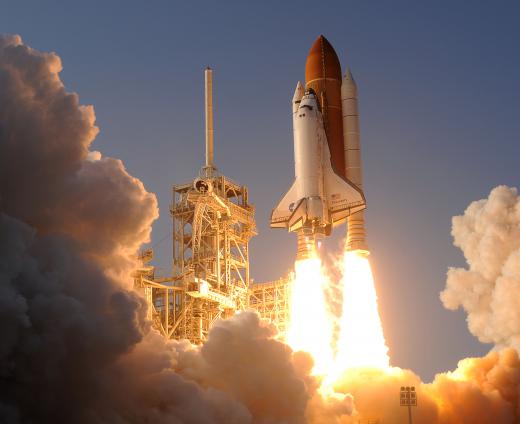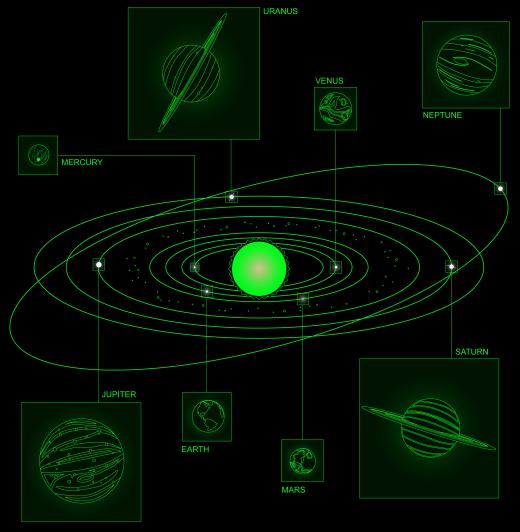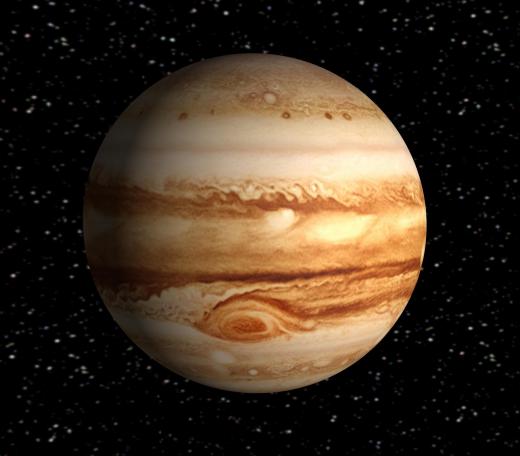What is the Galileo Spacecraft?
 Michael Anissimov
Michael Anissimov
The Galileo spacecraft, also known as the Galileo orbiter, was an unmanned space probe sent to study Jupiter and its moons. Galileo is named after Galileo Galilei, an Italian astronomer and Renaissance man who used one of the first telescopes to observe moons orbiting Jupiter. A NASA mission, Galileo was built by the Jet Propulsion Laboratory. Galileo was powered by two radioisotope thermoelectric generators (RTGs), which powered the spacecraft through the radioactive decay of plutonium-238.
Galileo was launched on 18 October 1989 as a payload on the Space Shuttle Atlantis. It made several gravity assist fly-bys of Venus and Earth before launching off in the direction of Jupiter. In 1993, it discovered the first asteroid moon, Dactyl, orbiting the asteroid Ida. Planetary scientists had suspected the existence of asteroid moons prior to this but never had observed any.

Galileo arrived at Jupiter on 7 December 1995. It was the first craft to orbit Jupiter rather than just perform a fly-by, which allowed it to take much more detailed and numerous observations including images. The primary mission was a two-year study of Jupiter, which was subsequently extended by six years. For most of the mission's duration, Galileo orbited Jupiter in elongated ellipses. Towards the end, it made close flybys of the moons Io and Europa, passing within 180 km (112 mi) of Io on 15 October 2001, the closest any spacecraft has come from a planetary body without landing. It observed lava flows on Io from close up.
Observations made by Galileo have led scientists to suspect strongly that beneath Europa's surface lies a salt water ocean. Subsequent missions would need to be sent to confirm this, however.

Galileo sent the first probe ever into Jupiter's atmosphere. The Galileo Probe Descent Module weighed 339 kg and was about the size of a small refrigerator, with a diameter of 1.3 meters. Half of its mass was its heat shield. It sent back data for about 58 minutes after entering Jupiter's atmosphere before it succumbed to the immense pressure and was crushed like a beer can, similar to the Venera lander which had visited the surface of Venus twenty years earlier.

On 21 September 2003, after 14 years of service, the Galileo was deorbited at a speed of nearly 50 kilometers per second to prevent it from contaminating nearby moons with Terran bacteria. It was the second space probe ever to meet its doom in the depths of a gas giant, after the probe it sent before it.
AS FEATURED ON:
AS FEATURED ON:















Discuss this Article
Post your comments